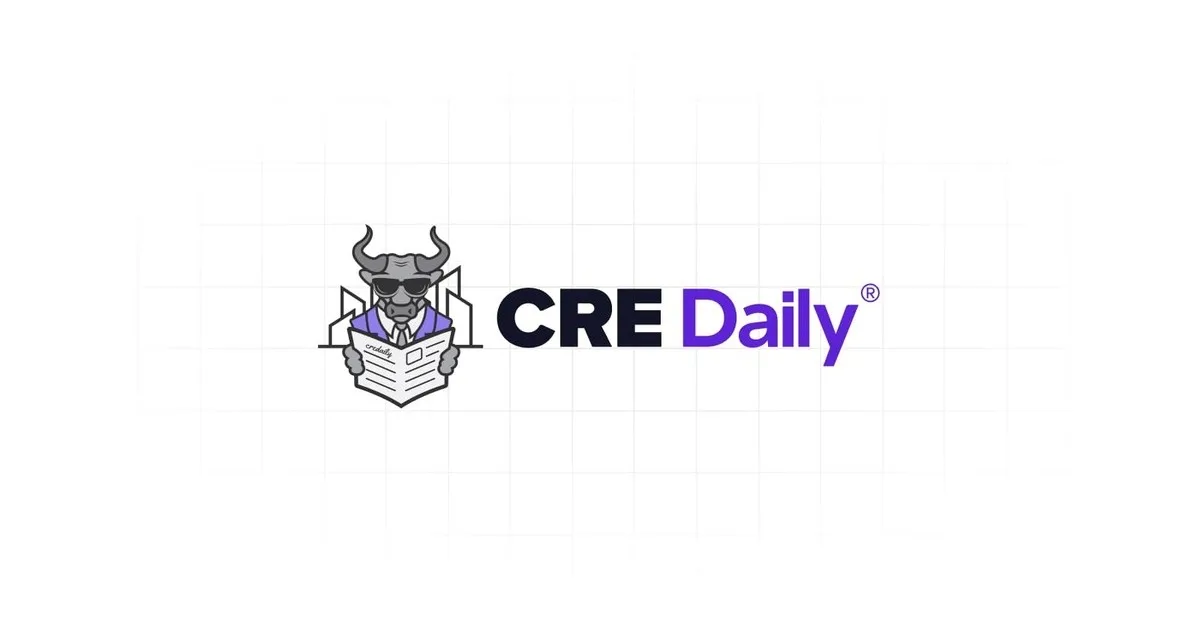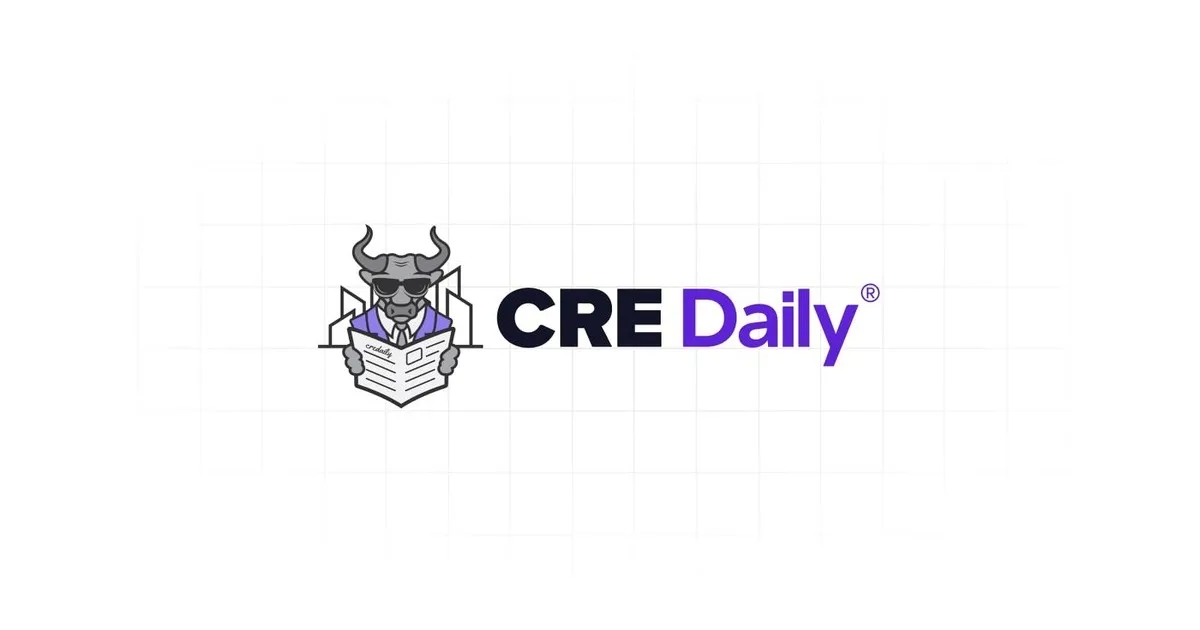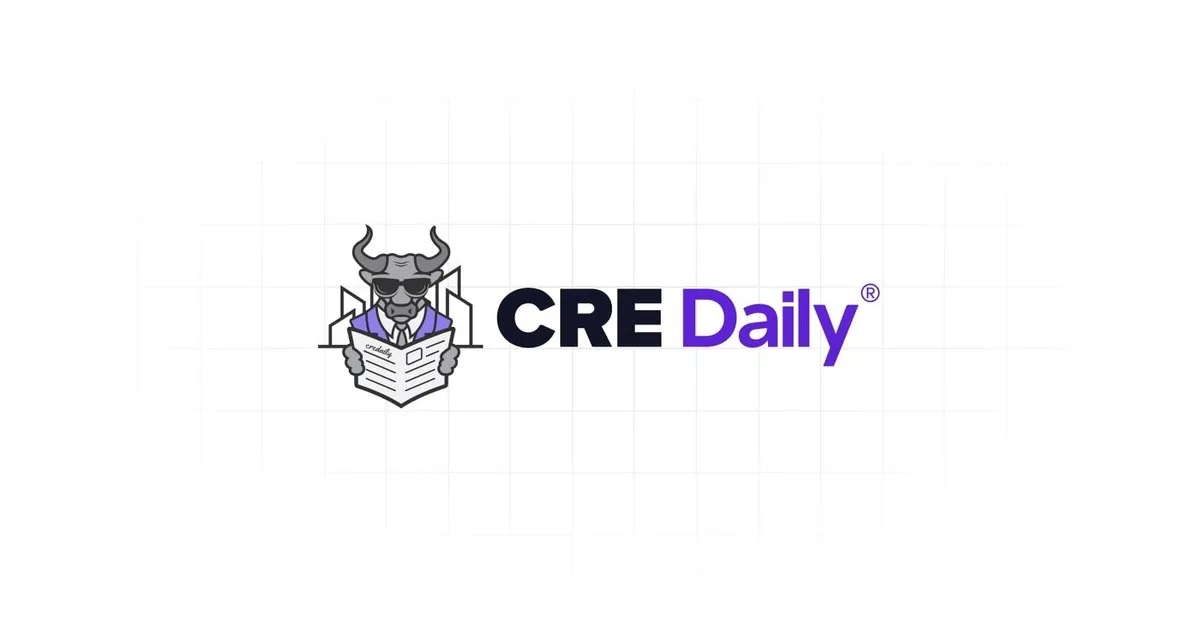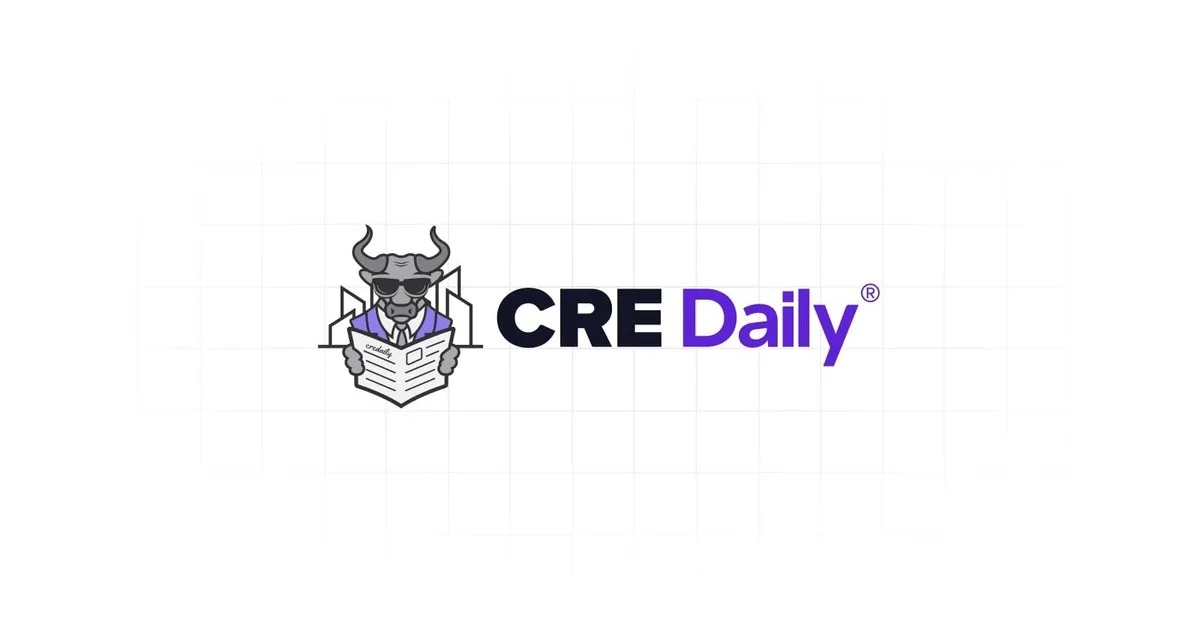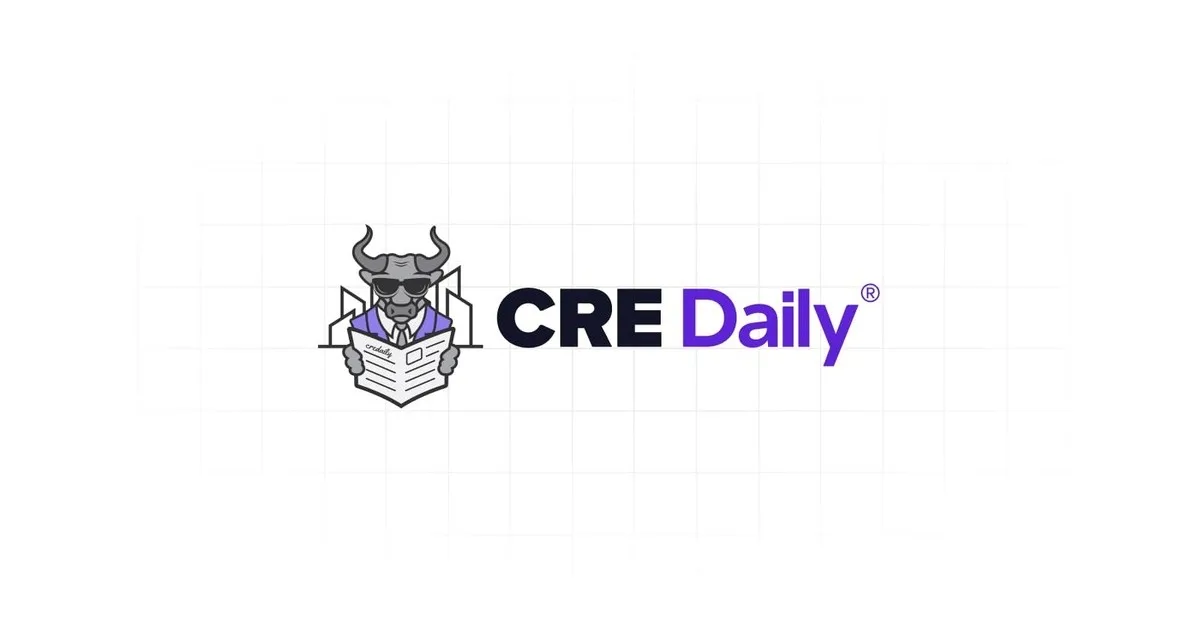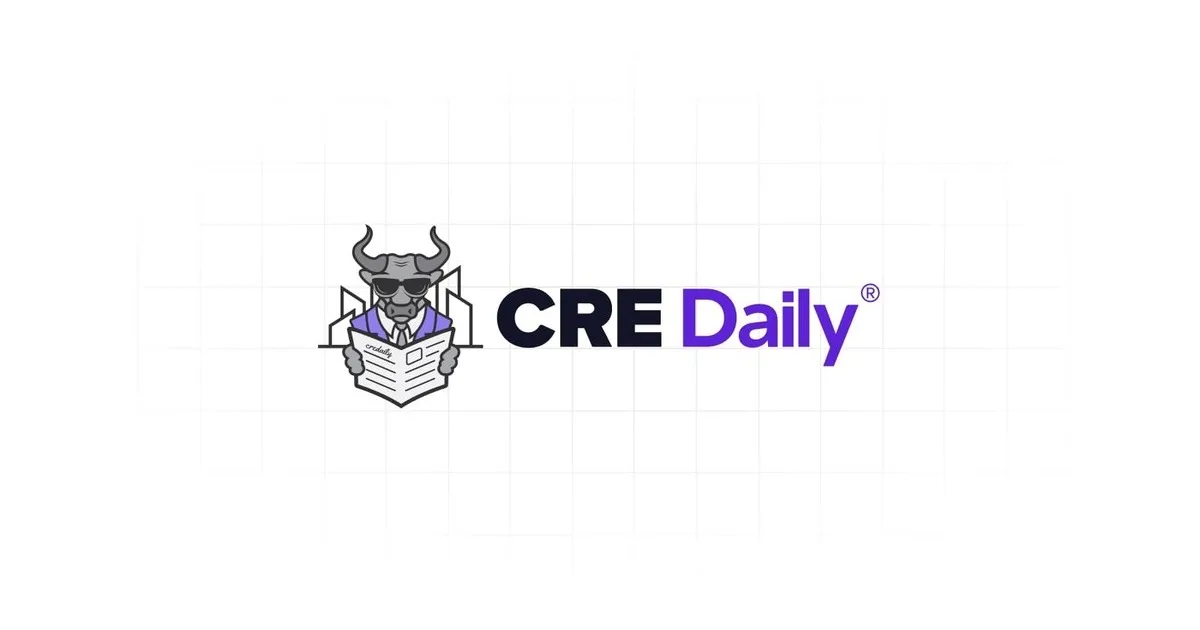- JPMorgan, Wells Fargo, Morgan Stanley, and Bank of New York Mellon are preparing for a potential economic downturn, increasing reserves for loan losses despite no significant deterioration in credit quality yet.
- Uncertainty stemming from the Trump administration’s shifting trade policies, sticky inflation, and geopolitical tension has led to cautious behavior among consumers and businesses.
- Loan demand has softened, particularly among small and mid-sized businesses, as strategic plans are delayed and supply chains are reassessed.
- Despite the macroeconomic concerns, all four major banks reported strong year-over-year earnings growth in Q1 2025.
Banks Move to Protect Against Uncertainty
The heads of America’s biggest financial institutions say they’re preparing for tougher times ahead, per CoStar.
In the wake of new trade policy shifts, inflationary pressures, and persistent market volatility, lenders including JPMorgan, Wells Fargo, Morgan Stanley, and Bank of New York Mellon are proactively increasing loan loss reserves, citing potential—not actual—credit deterioration.
JPMorgan CEO Jamie Dimon likened the current state of the US economy to being “not in Kansas anymore,” highlighting the uncertain mix of policy shifts, elevated interest rates, and asset price volatility. On a call with investors, Dimon said the bank is planning for “a wide range of scenarios,” pointing to looming risks tied to tariffs, inflation, and global tensions.
Trade Policy Turbulence
Morgan Stanley CEO Ted Pick echoed those concerns, emphasizing that markets are recalibrating as they await clarity on trade and fiscal policy. Ongoing trade tensions with China and fluctuating tariff announcements have created a volatile environment that’s already influencing corporate behavior.
Bank of New York Mellon’s CEO Robin Vince described a “rapid and significant reversal of sentiment,” as businesses reassess hiring, supply chains, and investment decisions. Vince labeled the tariff strategy as a “fundamental change” in US trade policy, introducing more risk into the business landscape.
Get Smarter about what matters in CRE
Stay ahead of trends in commercial real estate with CRE Daily – the free newsletter delivering everything you need to start your day in just 5-minutes
Loan Activity Softens
Despite a stable Q1, banks are observing a slowdown in borrowing activity. JPMorgan, Wells Fargo, and Bank of New York Mellon each reported loan balance growth of less than 1%. The tepid demand reflects a “wait and see” stance among corporate clients, as explained by JPMorgan CFO Jeremy Barnum.
While larger corporations may be better equipped to absorb disruptions, smaller businesses are facing a tougher environment, executives warned. That said, none of the banks are seeing widespread distress—yet.
Stronger Reserves, Steady Profits
JPMorgan raised its provision for credit losses to $3.3B, up from $2.6B in Q4 2024, while Wells Fargo’s reserves fell slightly due to lower loan balances and recent charge-offs. Bank of New York Mellon also increased coverage. These moves signal a cautious approach, as banks position themselves for potential macroeconomic fallout.
Even with the uncertainty, banks posted healthy profits in Q1:
- JPMorgan: $14.6B (+9% YoY)
- Morgan Stanley: $4.3B (+26% YoY)
- Wells Fargo: $4.9B (+6% YoY)
- Bank of New York Mellon: $1.22B (+19% YoY)
What’s Next
While executives remain optimistic about long-term prospects, they’re clearly preparing for short-term volatility. Dimon, summarizing the mood on Wall Street, said it best: “Maybe when we’re doing this call next quarter, we won’t have to be guessing.”
With cautious optimism and larger cash cushions, banks are watching closely as the US economy navigates a path filled with inflation, trade friction, and policy pivots.

